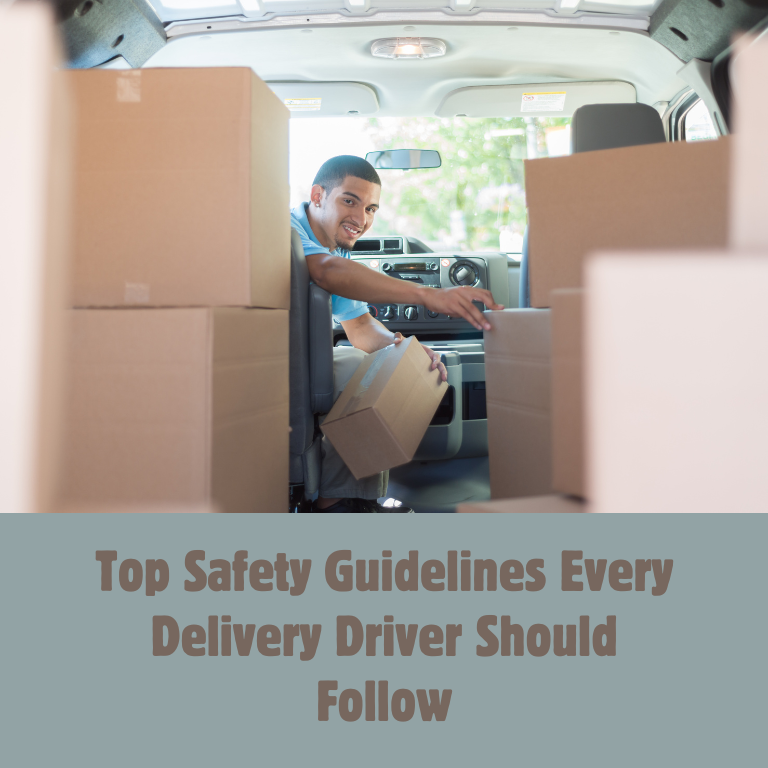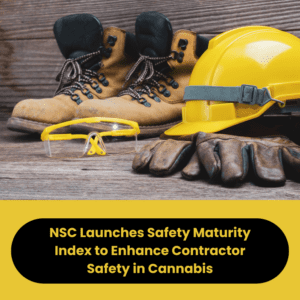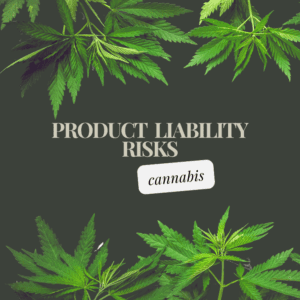Top Safety Guidelines Every Delivery Driver Should Follow


In today’s fast-paced world, delivery drivers play a crucial role in keeping supply chains moving and ensuring that goods reach consumers on time. Whether delivering food, groceries, packages, or even medical supplies, delivery drivers are the backbone of many industries. However, the job comes with its own set of risks and challenges. From road accidents to personal safety concerns, it’s essential for delivery drivers to be well-prepared and stay safe on the job. Below are the most important safety instructions every delivery driver should follow to minimize risks and perform their duties safely.
Ensure Vehicle Maintenance and Roadworthiness
The first step to staying safe on the road is to make sure the vehicle you’re driving is in excellent condition. Before starting any delivery shift, drivers should perform a routine check of their vehicle. This includes inspecting the brakes, tires, lights, windshield wipers, and oil levels. Ensuring that the tires are properly inflated and the brakes are functioning optimally can make a significant difference in avoiding accidents.
It’s also important to keep the vehicle’s scheduled maintenance up to date. Regular oil changes, brake inspections, and tire rotations help prevent unexpected breakdowns on the road. Keeping an emergency kit in the vehicle, including a spare tire, jack, jumper cables, and reflective warning triangles, is also advisable in case of breakdowns.
Follow Traffic Rules and Speed Limits
Speeding is a major cause of road accidents, and delivery drivers are often under pressure to complete their routes as quickly as possible. However, driving over the speed limit can lead to accidents, tickets, and increased stress. Delivery drivers should always adhere to posted speed limits and be mindful of changing road conditions, such as rain or snow, which can make driving more hazardous.
Additionally, drivers should obey all traffic signals, use turn signals when necessary, and maintain a safe distance from other vehicles on the road. Defensive driving techniques, such as anticipating the actions of other drivers and being cautious at intersections, can significantly reduce the likelihood of accidents.
Use GPS and Plan Your Route Efficiently
Planning your route before setting out for deliveries can save time and reduce stress. With advanced GPS systems and delivery management apps, drivers can receive real-time updates on traffic conditions, road closures, and the most efficient delivery routes. Taking the time to plan your route can prevent unnecessary detours, missed turns, and wasted fuel.
Moreover, if you’re unfamiliar with a particular neighborhood, a GPS can guide you safely through unfamiliar streets. Ensure that your GPS device or smartphone is mounted securely on the dashboard so that you can keep your eyes on the road while driving.
Stay Alert and Avoid Distractions
Distracted driving is one of the leading causes of road accidents. Delivery drivers should avoid using their phones or other electronic devices while driving. Texting, making phone calls, or checking delivery apps while on the move can take your attention off the road, increasing the risk of accidents. If you need to check your phone or re-route your GPS, always pull over to a safe location before doing so.
In addition to avoiding distractions, staying alert is crucial for safe driving. Fatigue is a common issue for delivery drivers, especially during long shifts. If you feel tired, it’s important to take short breaks to rest and recharge. Drinking water, stretching, or taking a quick walk can help keep you focused and alert while on the job.
Protect Yourself from Theft and Robbery
Unfortunately, delivery drivers can be targets for theft and robbery, especially when delivering high-value items or cash. To protect yourself, avoid carrying large amounts of cash on your delivery routes. Most modern delivery systems allow for electronic payments, reducing the need to handle cash.
When making deliveries at night or in high-crime areas, be aware of your surroundings and trust your instincts. If something feels unsafe, do not hesitate to leave the area or contact local authorities. Always lock your vehicle when stepping out, and never leave valuable items visible inside the car.
Additionally, when delivering to homes or businesses, avoid lingering in parking lots or dark alleys. Deliveries should be made quickly and efficiently, and it’s important to stay vigilant in less secure environments.
Handle Deliveries with Care
Whether delivering packages or food, it’s important to handle items with care. For food delivery drivers, maintaining the correct temperature of meals is essential. Use insulated bags to keep hot foods hot and cold foods cold during transit. Mishandling deliveries can lead to complaints, returns, or accidents, especially when carrying fragile or heavy items.
For drivers delivering larger items, make sure you are aware of safe lifting techniques to avoid injury. Bend your knees and keep your back straight when lifting heavy objects, and never hesitate to ask for assistance if an item is too heavy to carry alone.
Be Cautious in Parking Lots and During Deliveries
Parking can be one of the trickiest parts of a delivery driver’s job, especially in busy urban areas or cramped neighborhoods. Delivery drivers should always park in legal, well-lit areas. Avoid double-parking or blocking driveways, as this can cause traffic jams and may result in fines or vehicle damage.
When making deliveries on foot, particularly to apartment buildings or businesses, be cautious of your surroundings. Take note of potential tripping hazards like uneven sidewalks, curbs, or slippery surfaces. This is especially important when carrying bulky or fragile items.
Adhere to COVID-19 Safety Protocols
Although many pandemic-related restrictions have eased, delivery drivers should still follow basic health and safety protocols. This is particularly important when delivering food or interacting with customers at close range. Wearing a mask and using hand sanitizer can reduce the risk of spreading germs or viruses.
Contactless delivery options have become popular and should be used whenever possible. Leave deliveries at the customer’s doorstep and communicate via phone or app, minimizing face-to-face interactions.
Report Unsafe Conditions
Delivery drivers should not hesitate to report unsafe conditions, whether related to their vehicle, weather, or customer interactions. If your vehicle breaks down or malfunctions, report the issue immediately to your employer or service center. Likewise, if you notice hazardous road conditions, such as ice, flooding, or construction zones, adjust your route and report the issue to other drivers or your dispatcher.
If a customer behaves in a threatening or dangerous manner, report the incident to your employer or local authorities. Delivery drivers have the right to refuse service if they feel their personal safety is at risk.
Prioritize Personal Health and Well-being
Finally, it’s essential for delivery drivers to prioritize their health and well-being. Long hours behind the wheel can take a toll on your body and mind. Make sure to stay hydrated throughout the day and take regular breaks to stretch and move. Sitting for extended periods can lead to muscle strain and fatigue, so it’s crucial to practice good posture and take time to rest.
Additionally, managing stress is a key part of staying safe on the job. Delivery drivers often face tight deadlines, traffic, and demanding customers, which can create high levels of stress. Developing strategies to manage this stress, such as deep breathing or taking brief mental breaks, can help drivers stay focused and calm.
Delivery drivers face a wide range of risks and challenges every day. By following these essential safety instructions, drivers can protect themselves, avoid accidents, and complete their deliveries efficiently. From vehicle maintenance to staying alert and practicing defensive driving, these steps can make a significant difference in ensuring that delivery drivers stay safe on the road. Prioritizing safety not only benefits the drivers themselves but also ensures the timely and secure delivery of goods to customers.











